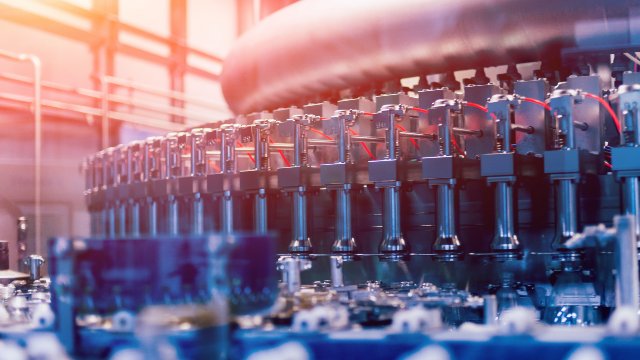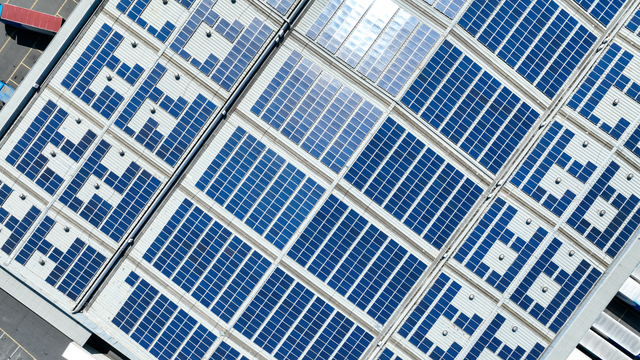In global efforts to reduce carbon emissions, carbon capture, utilization and storage (CCUS) technologies are a critical component of the decarbonization toolbox, particularly in terms of decarbonizing difficult-to-electrify heavy industries and hard-to-abate sectors of the economy.
Even as the world pushes for electrification and other clean-energy solutions, CCUS technologies remain essential to remove carbon dioxide (CO2) from the industrial processes that enable power generation, chemical production, mining, oil refining, steel and manufacturing. CCUS technologies vary in application, including removal of CO2 from natural gas streams, fossil fuel-burning exhaust, flue gas and the atmosphere so it can be stored in suitable underground reservoirs or utilized in alternative product development.
Looking to lower their carbon footprints amid growing climate change concerns, several countries are ramping up their industrial decarbonization efforts. The United States is seeing a wave of CCUS projects coming to life given Congress’ bi-partisan push to better facilitate implementation of CCUS at scale, along with the 45Q tax credits, which are meant to incentivize investment in CCUS.
Canada, with a carbon tax that increases each year — escalating to CAD$50/ton next year — is seeing strong financial incentive to purge carbon from its industrial sectors. China, the world’s largest emitter of carbon dioxide, recently announced a plan to more than double its carbon capture capacity by 2025. With these aggressive goals in mind, countries across the globe demonstrate interest in implementing CCUS technologies and related infrastructure. Putting these interests into action requires early engineering, procurement and construction involvement, and partnering with a skilled leader such as Black & Veatch.
In the area of emissions filtering, Black & Veatch has decades of demonstrated experience in the retrofitting of plants for air quality control systems (AQCS). Although AQCS uses different technologies than CCUS, the process of retrofitting a plant for CCUS mimics that of AQCS, as both involve many of the same principal considerations. These years of experience inform Black & Veatch’s approach to the deployment of CCUS technologies.
As Black & Veatch continues to gain recognition as a leader on the forefront of studying and developing plans to implement CCUS technology and infrastructure, the company recently won several large-scale CCUS projects in Alberta, Canada. Black & Veatch will be responsible for front-end engineering two projects: The first, for an oil & gas company, will integrate CCUS into an existing steam assisted gravity drainage facility. The second, for a power generation utility, involves adding large-scale CCUS solutions to combined-cycle plant operations.
In addition to the application of CCUS technology and infrastructure in working facilities, Black & Veatch is a leader in the innovation of CCUS technology. In July, the U.S. Department of Energy awarded Black & Veatch $2.5 million in federal funding to join an R&D project directed at capturing 100,000 tons of CO2 per year through the advancement of direct air capture (DAC) technology. No current DAC technology can capture such volume of CO2. This project will not only push progress in the technology of DAC but will also deepen understanding of the requirements for its deployment at scale.
In its more than 30 years as a market leader in CCUS, Black & Veatch has developed experience in studying and implementing carbon capture technologies and CO2 removal processes for various types of industrial facilities at a range of pressures, temperatures and CO2 concentrations. This involves integration of pre-combustion, post-combustion, direct air capture (DAC) and oxy-fuel combustion carbon capture technologies for both new and retrofit industry applications.
Black & Veatch pairs this extensive expertise with a technology-agnostic approach, which embraces lack of “one size fits all” technology application for any type of project, and therefore specifically considers each project’s individual needs before deciding on course of action. This method allows Black & Veatch to determine the best technology for each application and bring value to projects through careful planning, risk mitigation and forward-thinking solutions.
Industrial decarbonization requires a multi-pronged, technology-driven approach in which carbon capture technologies play a critical role. As leaders around the world search for ways to reduce carbon emissions globally, carbon capture stands out. Although renewable power generation and electrification will be the foundation of the path to decarbonization, there is significant need for these strategies to be complemented by large-scale CCUS. Utilizing all these technologies and more will aid the substantial decarbonization required for energy intensive industrial processes and heavy industries that can’t simply be electrified or replaced. When it comes to the global push to reduce carbon emissions in all ways possible, CCUS technologies offer a solution alongside renewables and electrification.







